Reviewed by Corey Noles
You know that friend who's enthusiastic but not particularly bright? That's been Siri for over a decade. Ask for the weather and it's golden, but try getting help with anything remotely complex and you're left talking to yourself. This frustration isn't just yours—it's costing Apple billions in AI credibility while competitors surge ahead.
What you need to know: Apple isn't just adding ChatGPT-5 to iOS 26—they're completely reimagining what your iPhone's AI can do. The company is developing a 150-billion parameter model that benchmarks suggest "approaches the quality of recent ChatGPT rollouts," while simultaneously creating an internal "answer engine" through their new AKI team (Answers, Knowledge and Information). This dual approach—internal development plus strategic partnerships—represents Apple's most aggressive AI push since the original iPhone.
The Great AI Infrastructure Gamble
Here's the kicker: Apple's AI strategy might actually work because it's arriving late to the party. This delayed entry isn't accidental—it's allowing Apple to learn from competitors' expensive mistakes while building a more sustainable, privacy-focused architecture that could outlast cloud-dependent approaches.
The three-layer hybrid system demonstrates this strategic advantage perfectly: simple tasks run on-device, complex queries through Private Cloud Compute, and the hardest questions via partnerships with OpenAI and potentially Anthropic. This isn't just different—it's specifically designed to avoid the infrastructure bottlenecks that have limited competitors.
The numbers tell the story: Apple's on-device model achieves 99.5% safety scores, outperforming all baseline LLMs, while delivering sub-50ms response times compared to 2-5 second cloud delays. That's not just faster—it's instantaneous. The 3-billion parameter Foundation Models framework gives developers direct access to Apple's neural engine, reducing KV cache memory usage by 37.5% and significantly improving time-to-first-token performance.
But here's what makes this approach strategically brilliant: Siri handles 4x the query volume of ChatGPT, which means powering even a fraction through external models would require unprecedented scaling. Apple's hybrid approach sidesteps this entirely—they can handle most requests internally while using partnerships for edge cases that drive user satisfaction.
ChatGPT-5: The Missing Piece of Apple's AI Puzzle
The integration isn't just about adding another chatbot to your iPhone—it's about creating strategic flexibility that positions Apple uniquely in the AI landscape. iOS 26's ChatGPT features span your entire device experience: real-time translation across Phone, FaceTime, and Messages; Visual Intelligence that understands screenshots; and Image Playground with expanded creative styles beyond Apple's built-in Animation, Illustration, and Sketch options.
By maintaining partnerships while building internal capabilities, Apple creates strategic optionality—they can reduce external dependencies as their own models improve, without being locked into a single approach like competitors who've gone all-in on cloud infrastructure. The Shortcuts app transformation perfectly demonstrates this: you can now "access on-device Apple Intelligence for your workflows as well as tap into ChatGPT," creating a seamless bridge between Apple's privacy-focused approach and OpenAI's raw capability.
Think of it as Apple maintaining control of the steering wheel while letting ChatGPT-5 power the engine. Bloomberg reports that Apple's expanded relationship with OpenAI was a centerpiece of WWDC 2025, suggesting this isn't a temporary partnership—it's foundational to Apple's AI roadmap through 2027, but with built-in exit strategies as their own capabilities mature.
The $20 Billion Question: What Happens to Google?
Here's where things get really interesting—and financially complex. Apple currently receives $20 billion annually from Google for default search placement, but their new "answer engine" could fundamentally change that relationship. Walking away from $20 billion annually requires more than just technical capability—Apple needs to demonstrate that their answer engine can generate equivalent value through increased device sales, services revenue, and ecosystem lock-in effects.
The AKI team's AI-powered search represents a calculated risk that could power Siri, Spotlight, and Safari—directly competing with Google's core business while potentially creating new revenue streams through premium AI services and increased hardware loyalty.
The timeline creates strategic breathing room: Apple's LLM-powered Siri won't arrive until 2026, giving the company time to prove their search capabilities can match user expectations while building the business case for walking away from guaranteed Google revenue. Internal testing shows Apple's 150-billion parameter cloud model is already competitive with recent ChatGPT releases, while the "Knowledge" chatbot can synthesize data from multiple internet sources.
But here's the beautiful balance: Apple doesn't need to match Google's search volume immediately. They just need to provide better answers for the queries users actually ask Siri—which skew heavily toward personal, contextually-aware requests rather than broad web searches. This creates a path to gradual revenue replacement rather than overnight disruption.
Where Do We Go from Here?
The next 18 months will determine whether Apple's calculated AI gamble transforms the smartphone industry or becomes an expensive lesson in strategic patience. iOS 26's public release is expected fall 2025, with the developer beta available now. Early testing shows 40% GPU usage reduction and 60% memory improvements for AI-powered apps—the kind of efficiency gains that make pro users upgrade immediately while creating competitive moats that are difficult to replicate.
The privacy angle remains Apple's strongest differentiator in an increasingly crowded market. Recent EFF analysis confirms that Apple's Private Cloud Compute "represents the gold standard for privacy-preserving AI architecture"—a crucial selling point as 72% of users distrust cloud-based AI due to data concerns. This privacy focus, combined with hardware-enforced security, creates long-term competitive advantages that go beyond raw AI capabilities.
PRO TIP: If you're holding off on upgrading, iOS 26's AI features require iPhone 15 Pro or newer, meaning roughly 70% of current iPhones won't support Apple Intelligence at all. These hardware limitations, while restrictive, reinforce Apple's premium positioning—AI becomes another reason to upgrade and stay within the Apple ecosystem, potentially increasing customer lifetime value beyond traditional metrics.
The question isn't whether Siri will get smarter—it's whether Apple can execute this hybrid strategy before competitors like Google's Gemini capture too much mindshare. With ChatGPT-5 integration bridging the capability gap, Apple's infrastructure investments ensuring privacy, and strategic optionality built into every partnership, iOS 26 might finally deliver the intelligent assistant we've been waiting for since 2011. The $20 billion question is whether that's worth risking the most lucrative deal in tech history.





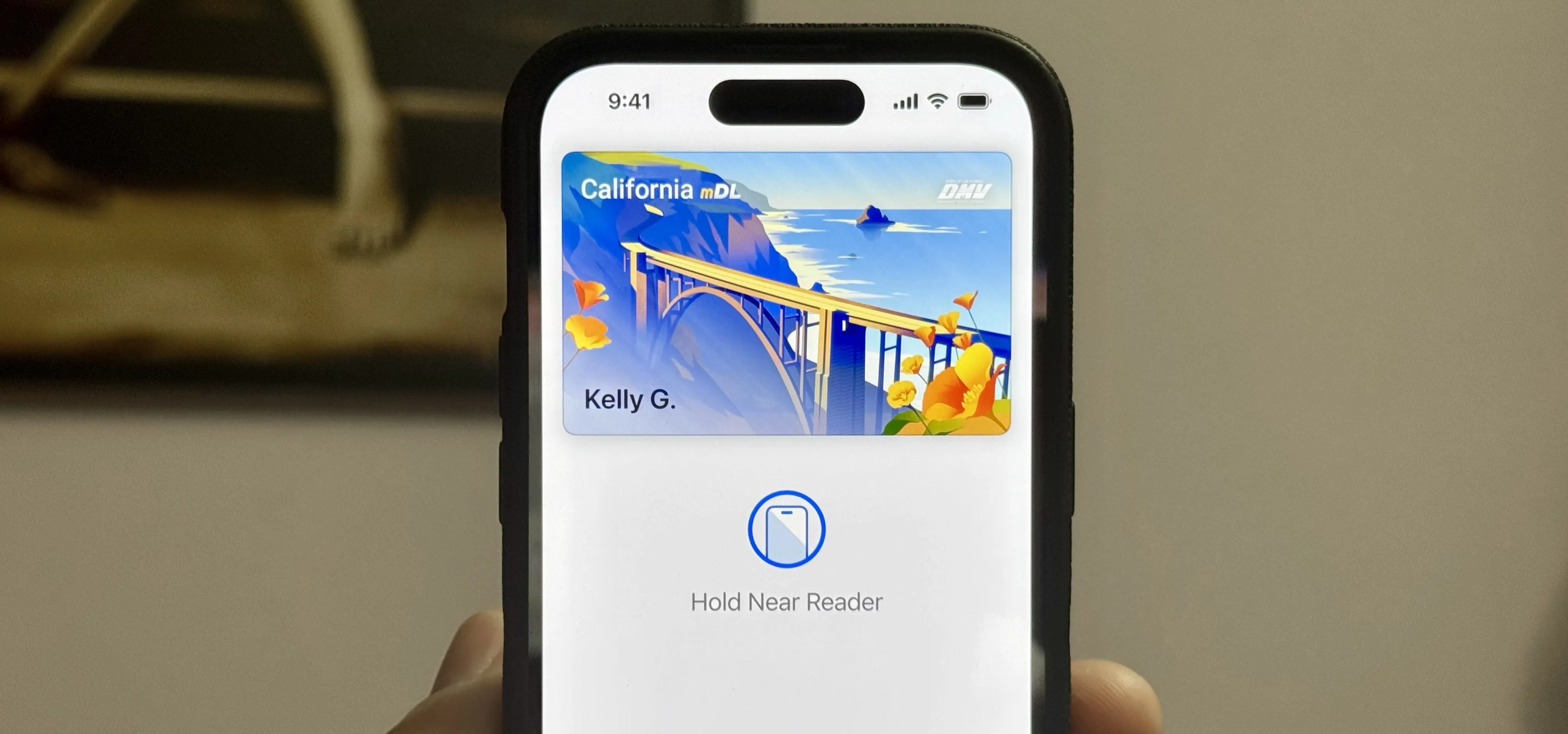
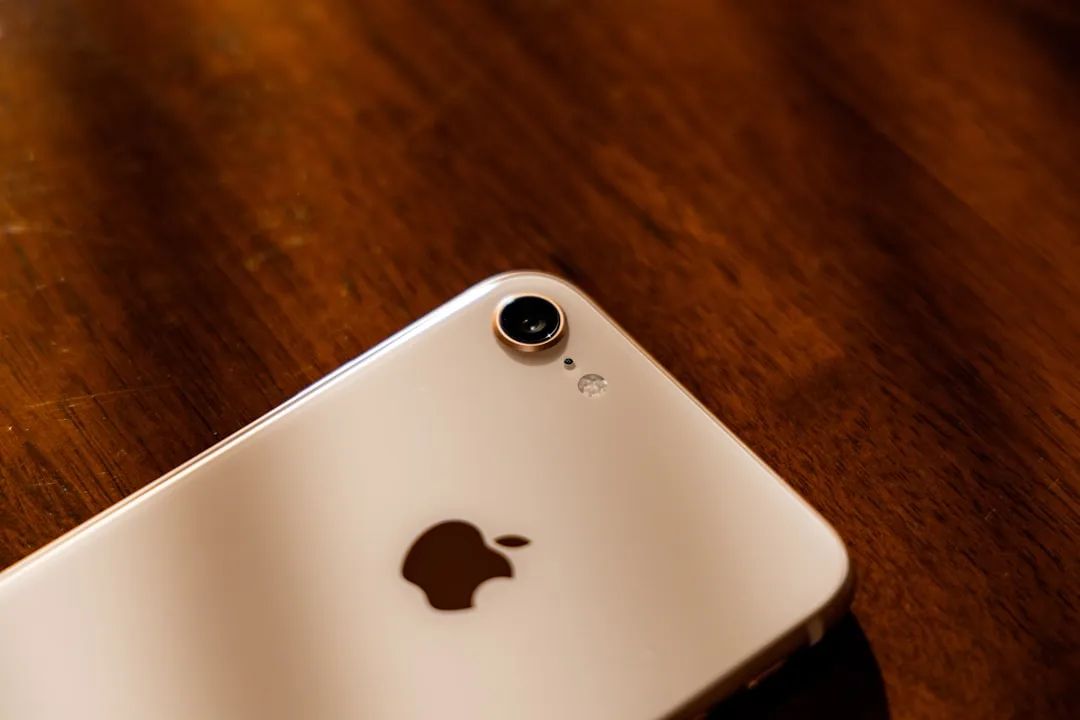
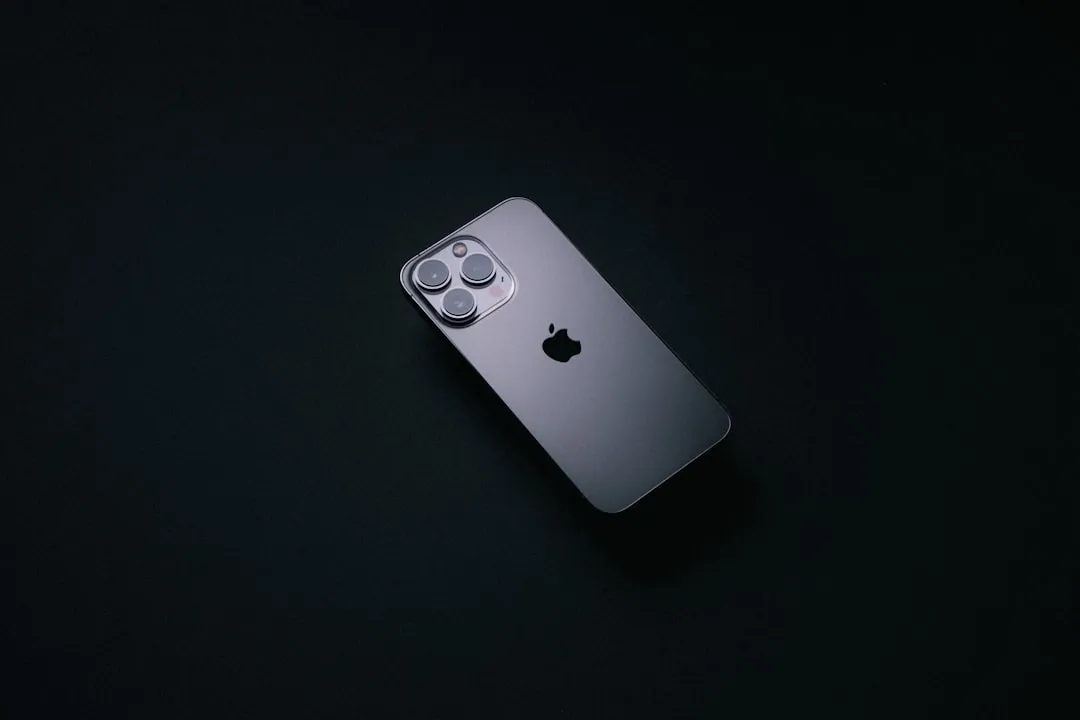
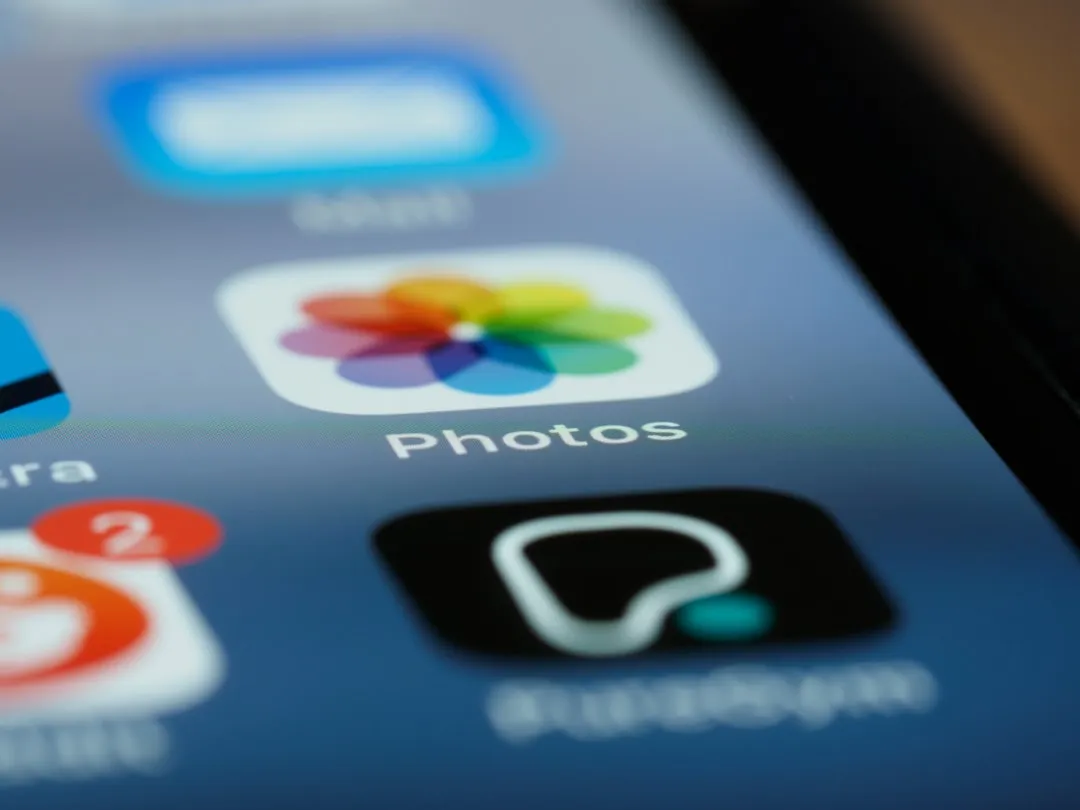
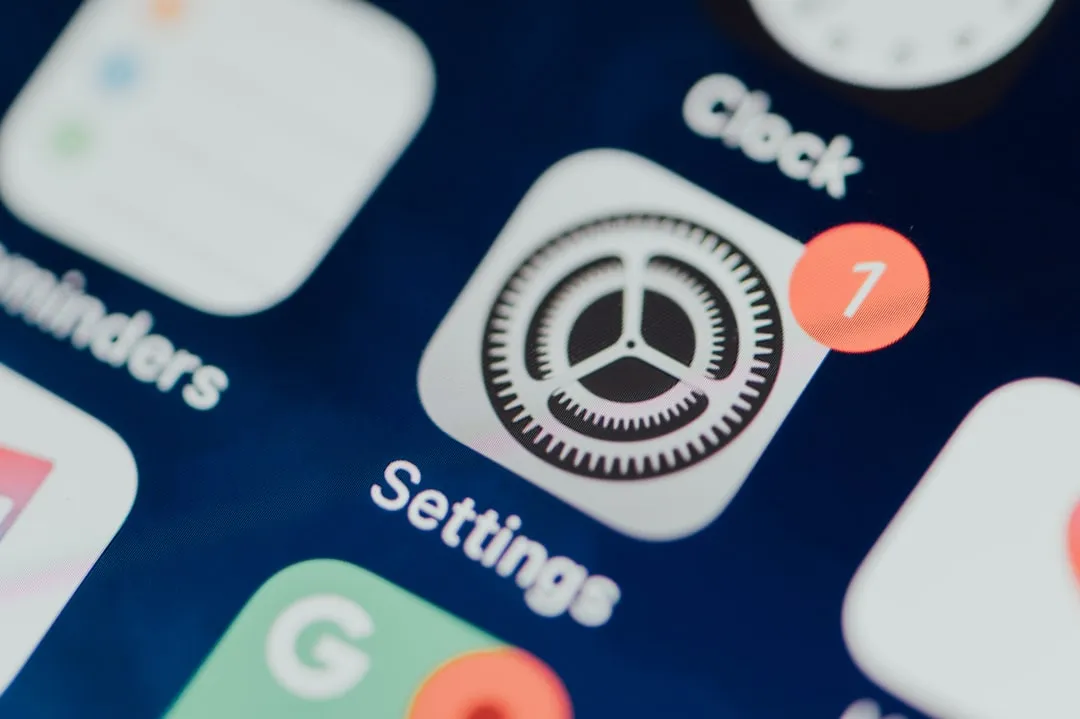
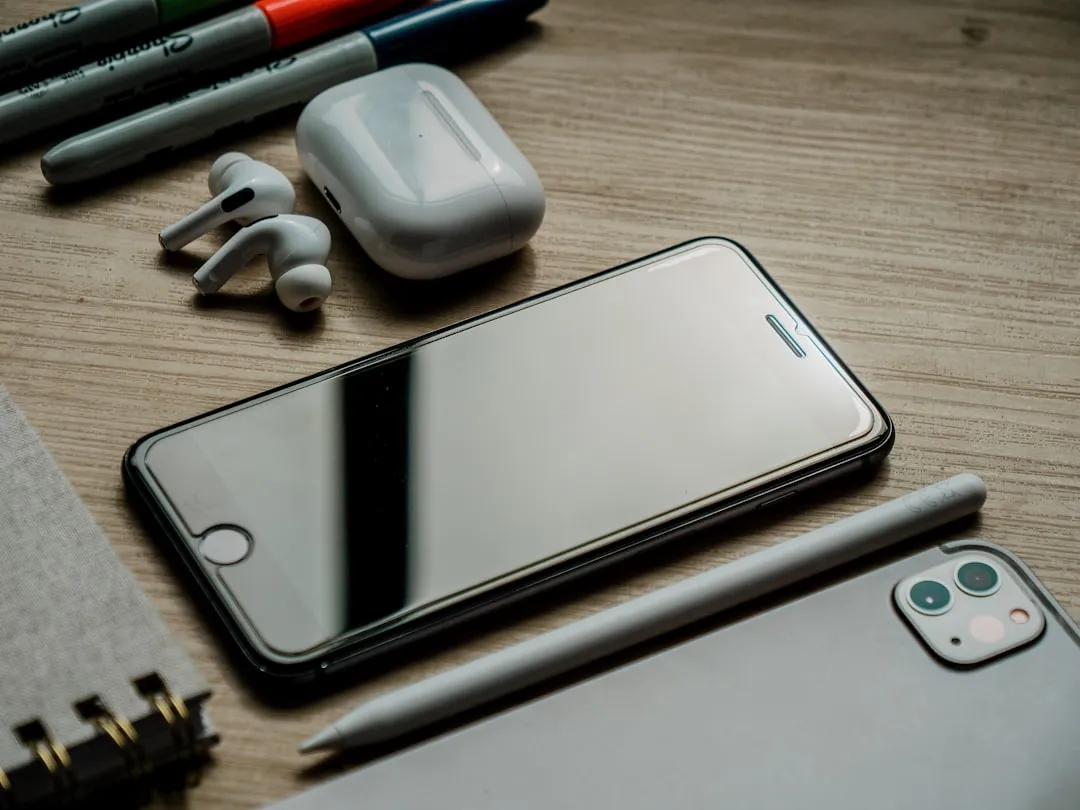

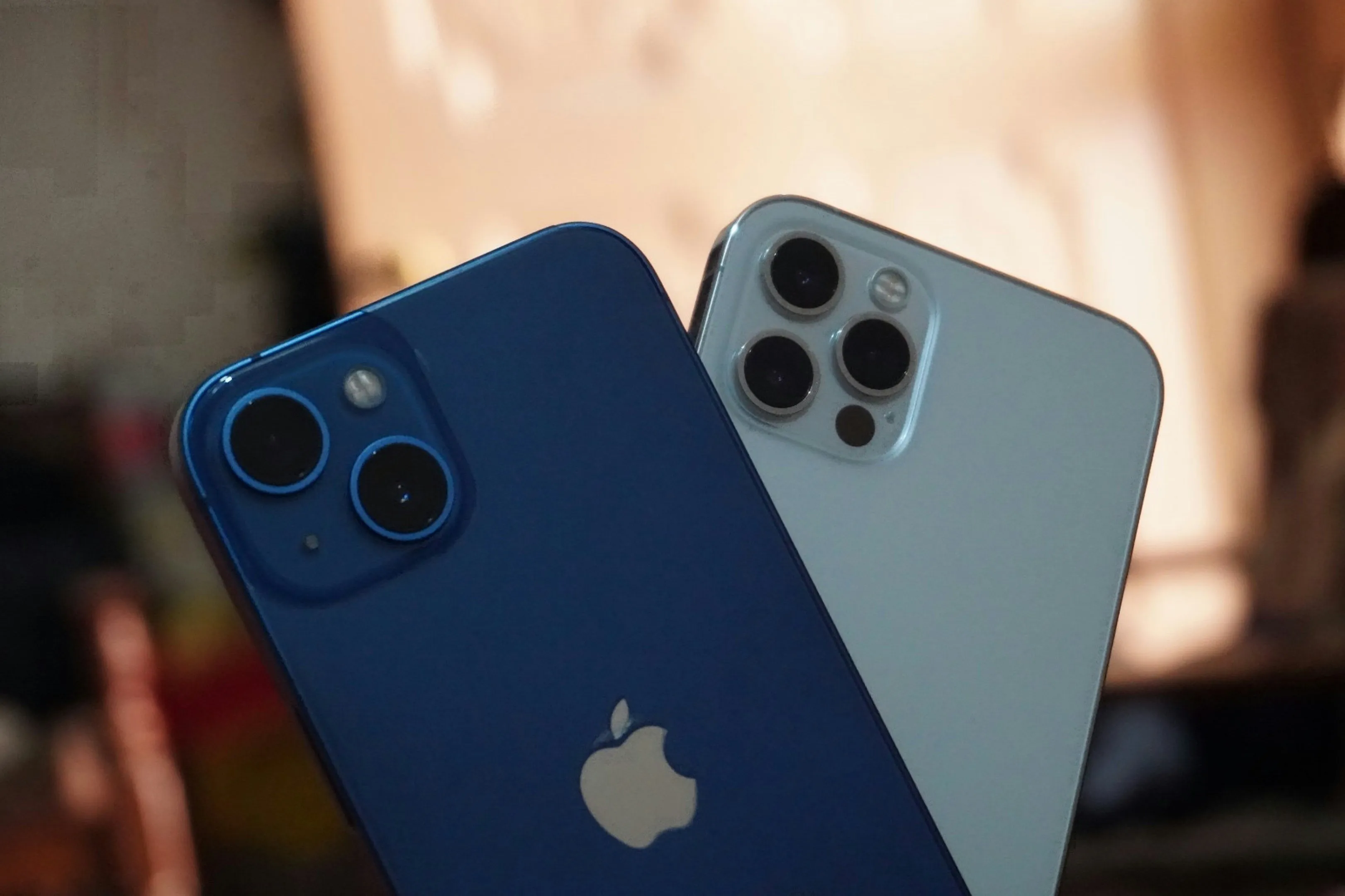

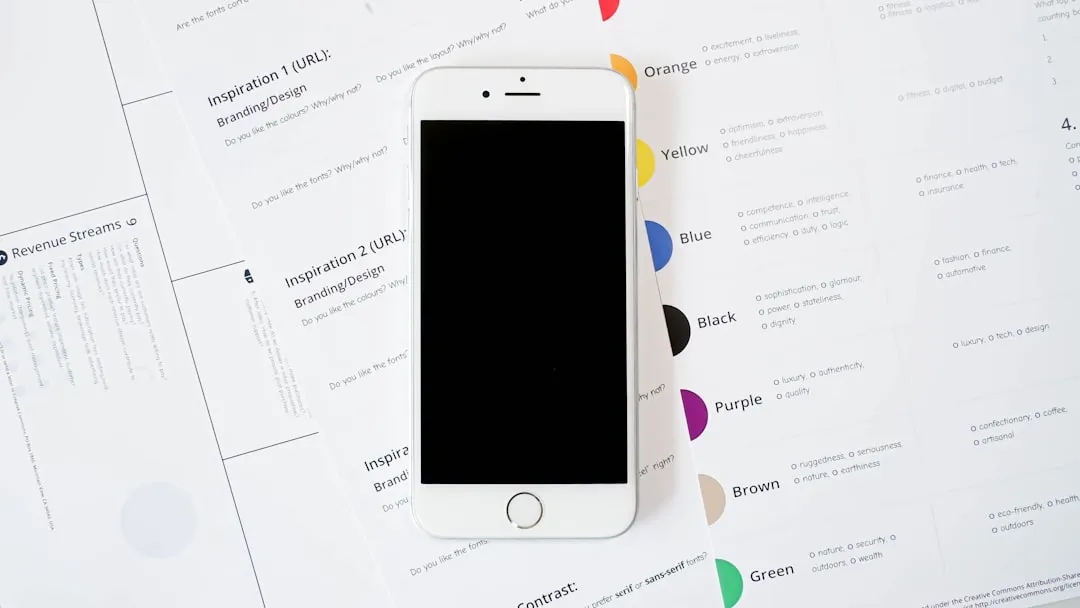
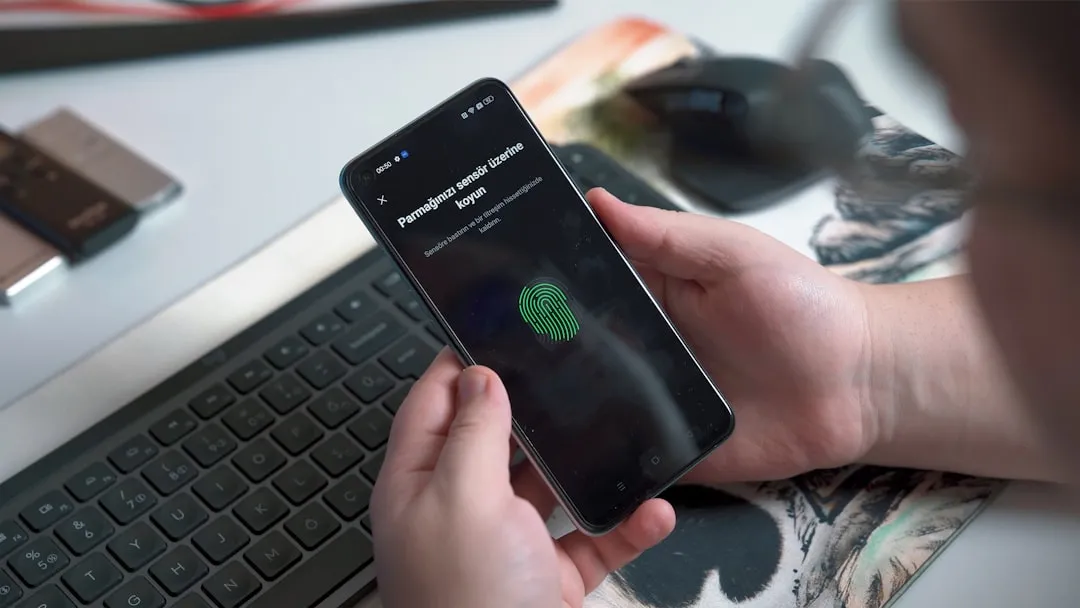
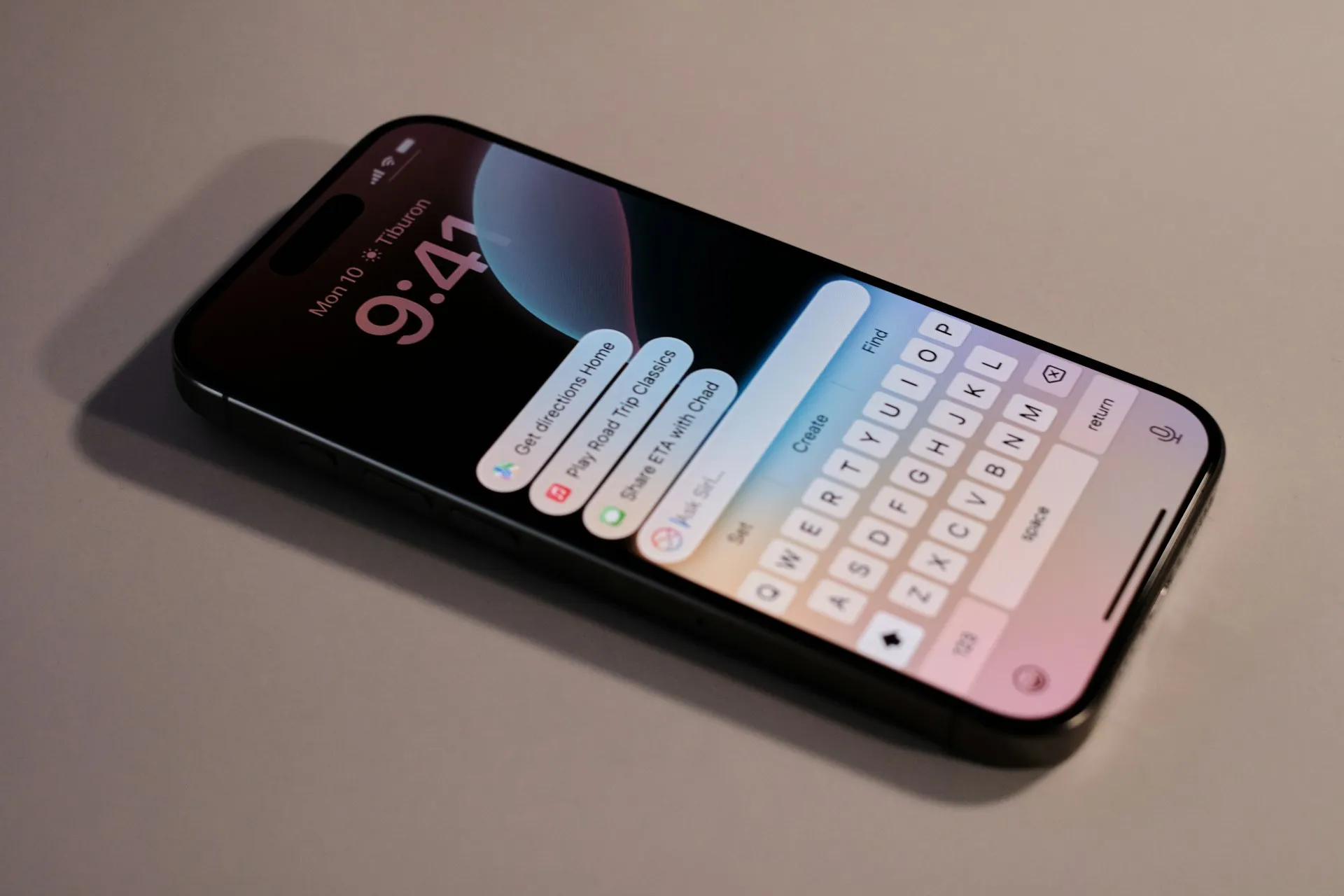

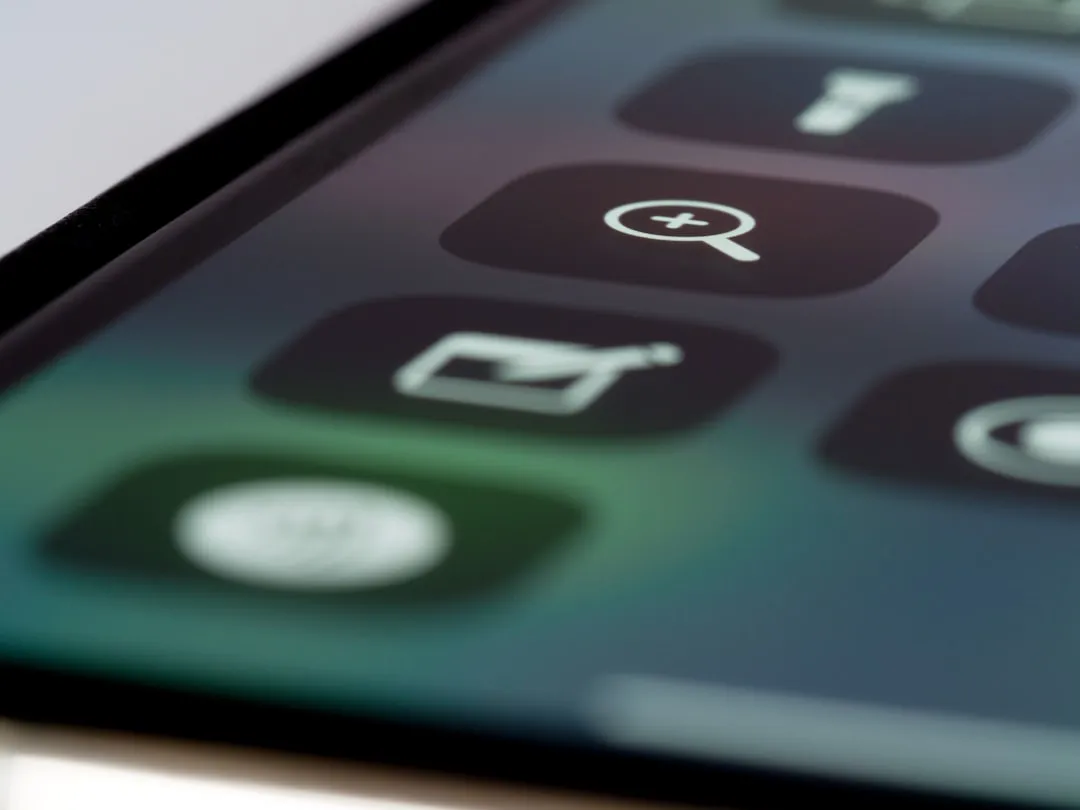
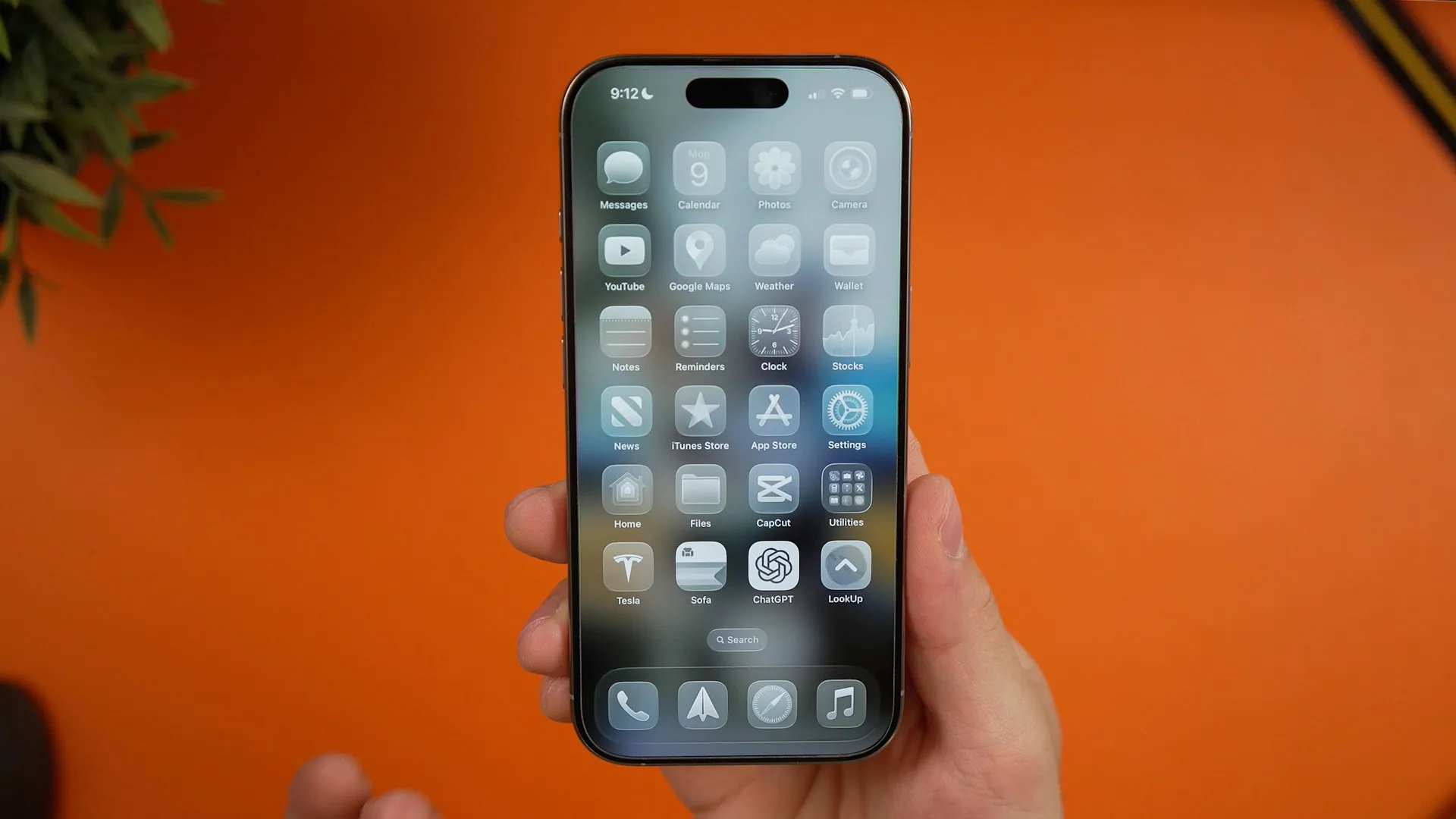
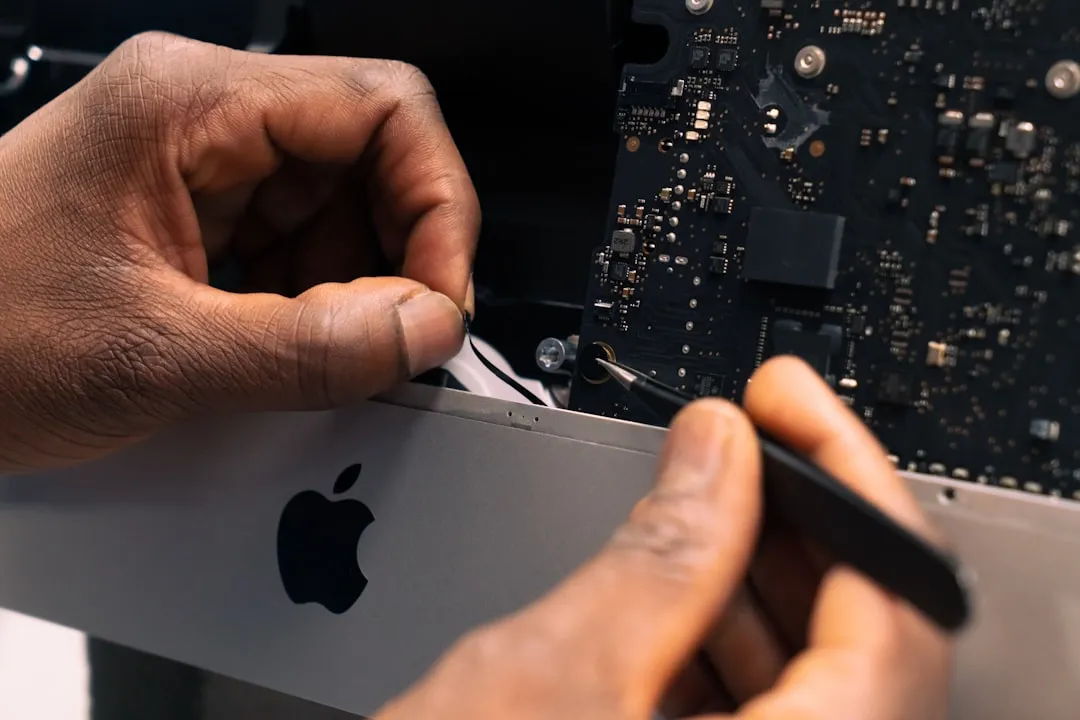
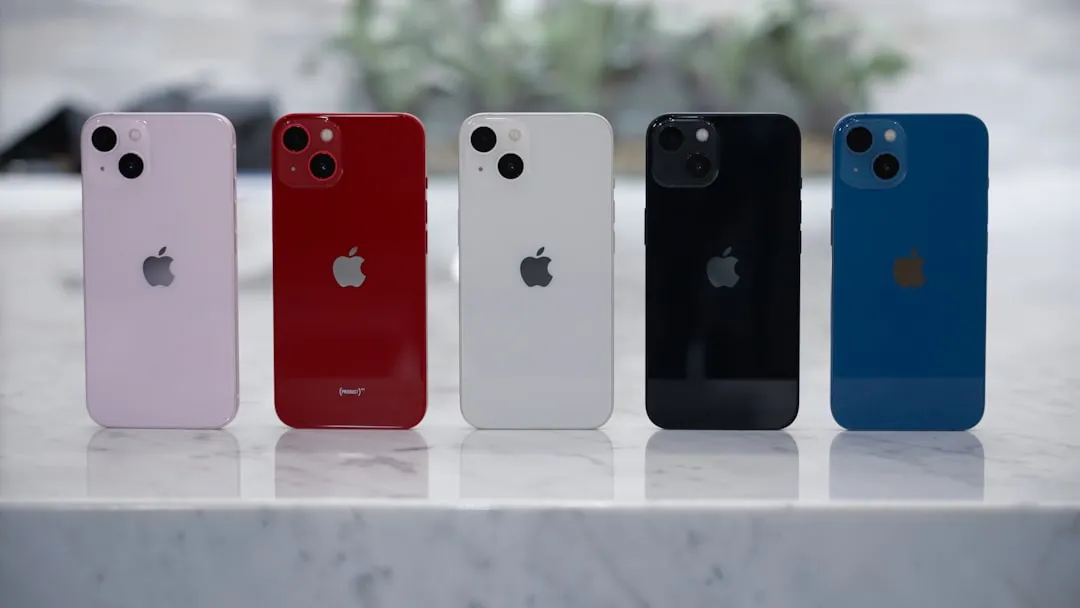
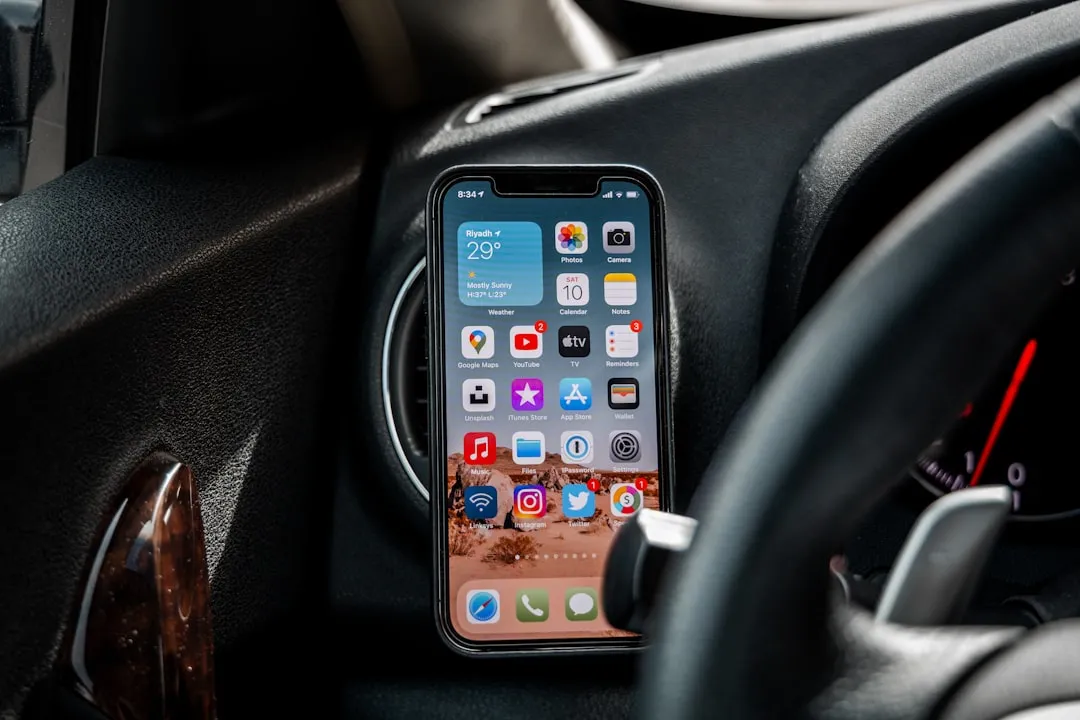


Comments
Be the first, drop a comment!